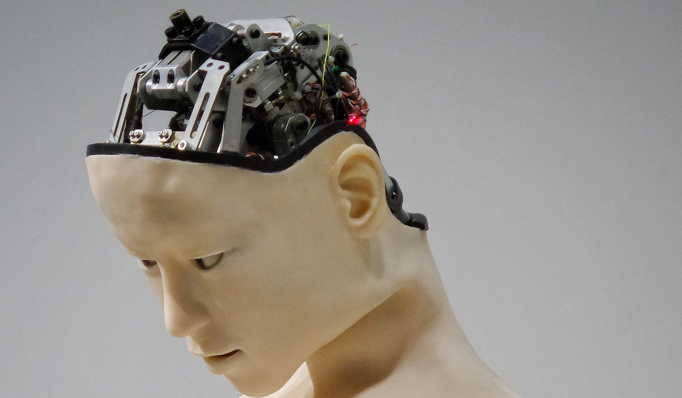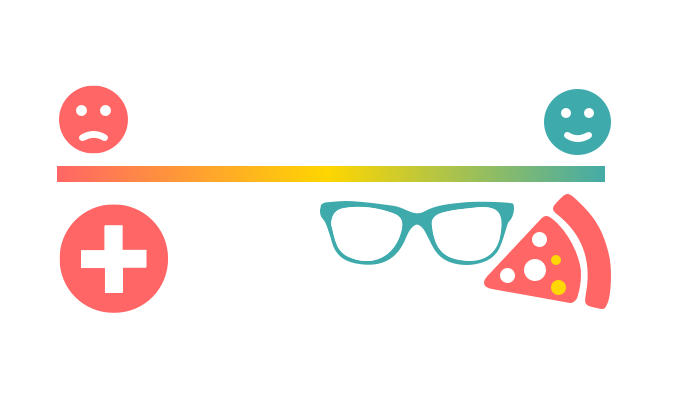“Engagement” is currently the big buzzword in marketing circles. A quick search on the Salesforce.com site shows over 2000 content assets with the word ENGAGE in the headline. Marketo, a leading marketing automation software company, refers to itself as an “Engagement Platform” on its website home page. What’s with all this Engagement stuff?
The marketing industry is all over engagement because it represents the ultimate promised land of marketing success. After all, who wouldn’t want to engage their customers and prospects about a brand or related topic?
The 60s — Golden Age of Advertising
50 years ago, the art of marketing was largely one of effective broadcasting strategies. Television, magazines, newspapers, radio, direct mail, and outdoor were the key media platforms and marketers were trained to smartly buy space for clever advertisements that delivered a message about the brand. Today, we have the Super Bowl as the one remaining “all eyes” media platform, but the big US TV Networks were once able to deliver massive audiences every night of the week.
The Ed Sullivan Show, The Beverly Hillbillies, Laugh-In, and Bonanza were capable of providing marketers with massive TV audiences to broadcast their messages to, 7 nights a week. Other mediums reached different demographics or geographies, but the basic concept was the same — present your brand value proposition to as many eyes in your target as possible and hope they remember you when it came time to make a purchase.
Mad Men, AMC’s series about Madison Avenue advertising executives, presented glimpses of the approaches of the pre-tech age of marketing. There was a huge focus on creative storytelling along with some straightforward media buying strategies that were used to get the job done. Don Draper was depicted as a master storyteller, which made him king of the industry.
Along Comes Technology
Advancements in technology changed everything. Cable TV, e-mail, the Internet, mobile, and social networks all helped flip the concept of broadcasting completely upside down. Behind the scenes, advanced measurement and execution technology allows companies to rapidly identify a prospect and deliver a personalized communication within seconds, automatically.
In 1971 the goal might have been to expose the new Budweiser ad to men, age 25–54, in the US. Today, the goals would be extensive, delivering targeted communications about Bud to multiple demographic segments, based on past buying and online activities, over an extended period of time, across 25 different media platforms, in 19 key markets. Budweiser marketing has the ability to offer Greg a personalized mobile ad about the new NFL team packaging because he had recently visited the Raider Nation mobile app.
Things sure sounded nice and easy back in the analog days. No wonder the executives on Mad Men had the time to get drunk at lunch and call it a day so frequently.
Consumers now get a level of engagement across most commercial activities. They still see the big TV ads and billboards on occasion, but people spend so much time on their devices, they are often interacting with advertisers and don’t even realize it. These can be clever promotions or content campaigns, or advanced peer advocacy, where a good friend suddenly “recommends” or “likes” a product that they happen to be interested in.
Don Draper likely would have hated all of the advancement because the marketing celebrities of today are not creative directors on Madison Avenue, but rather the tech CEOs that sell solutions to help marketers deal with the complexity that automation has created.
Broadcasting versus Engaging: Very Different Things
The technology behind the modern marketing experience is evolving rapidly. While now there is the ability to assess and execute hyper-personalized campaigns with exceedingly clever mechanisms to get consumers to “engage” in some way, there is still a lot of “broadcast” DNA. Well-targeted ads and offers tend to be unidirectional with engagement launching after a click or other action by the recipient.
Modern engagement technology, like Conversational AI, is able to interact with consumers, or prospects, or patients, or any other demographic in an ongoing information exchange, giving and receiving, adapting, and navigating to a logical end. Automatic notifications are a form of broadcasting. Reminding somebody to take their medications as part of an automated discussion about overall condition, an upcoming doctor appointment, and diet recommendations is a form of engagement.
The art of engagement is conversational design that takes consumers on a journey towards a specific, high value outcome while the art of storytelling was vital in convincing millions that drinking Coke was cool. That’s why it was Don Draper’s happy ending.








